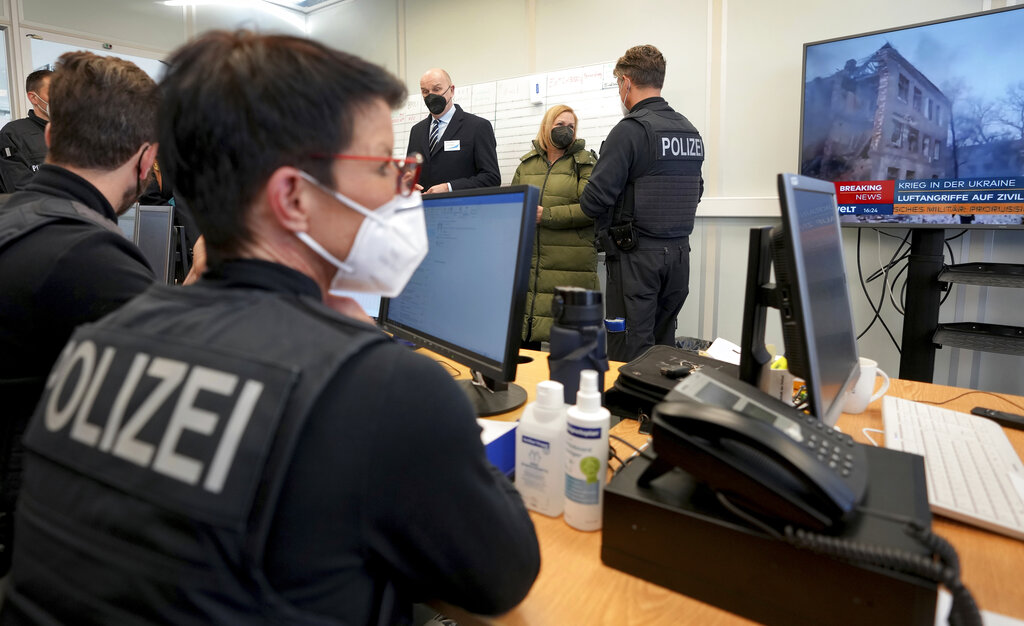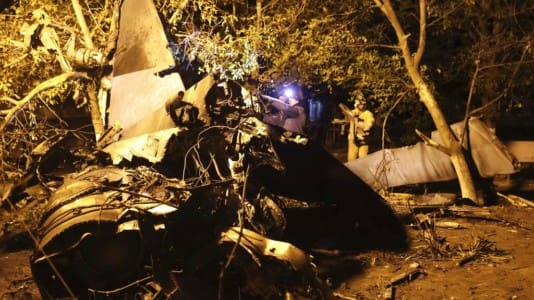Germany’s center-left “traffic light coalition” has launched a new asylum program for “particularly vulnerable Afghans” despite Afghans having one of the poorest integration records of any migrant group in the country.
“We are acting and fulfilling our humanitarian responsibility. On the basis of defined admission criteria, we can offer protection to particularly endangered and vulnerable persons from Afghanistan,” Federal Minister of Interior Nancy Faeser (SPD) said when announcing the program on Monday.
At the same time, the minister said she was monitoring municipalities’ ability to receive and integrate refugees because many are already burdened by the over 1 million refugees who arrived in Germany this year, daily Junge Freiheit reports.
[pp id=43441]
Currently, 12 of 16 German states are blocking the intake of new refugees due to strained social services, overflowing classrooms, and a lack of accommodation options. Afghans, in particular, have posted a problem in the past. As Remix News previously reported, in 2020, 21,773 crimes were recorded from the Afghan community, including 94 murders and homicides. In the same year, German citizens were suspected of more than 1.3 million crimes recorded but with 72 million German citizens, this represents a crime rate of 1.8 percent. In the case of serious acts, it is 0.002 percent. In the case of Afghans, these figures are 7.8 percent and 0.03 percent, respectively.
According to statistics from the Federal Labor Office published by the daily Die Welt, of the roughly 280,000 German Afghans, 69,000 have jobs, amounting to about one in four. However, in this regard, they do better than other major migrant groups, including Syrians. Germany’s Afghan population represents the fourth-largest Afghan diaspora in the world.
[pp id=16777]
Despite these issues, Federal Foreign Minister Annalena Baerbock (Greens) described the program to bring in more Afghan refugees as an opportunity to give “a bit of hope” to women and girls in particular, who suffered under the rule of the Islamist Taliban, and “the chance to live in freedom, self-determination and security.”
Traffic light coalition wants to bring in 1,000 Afghans a month
The program’s target group, according to the federal government, are Afghans who are particularly exposed and therefore individually at risk because of their service to the former government, which collapsed after the U.S. withdrew its forces and the Taliban quickly came to power. It should also benefit Afghan citizens who are threatened because of their gender, sexual orientation, and gender identity. The new intake of refugees will additionally consist of individuals who are at risk of becoming “victims of homophobic or transphobic human rights abuses.”
The vice president of the Bundestag, Katrin Göring-Eckardt (Greens), praised the program on Twitter, saying that since many human rights defenders are still threatened by the Taliban, it offers hope.
According to the statement, the plans of the traffic light coalition include taking in about 1,000 “particularly endangered Afghans” and their family members every month. So far, some 38,100 people have been promised admission to Germany. Of these, around 26,000 Afghans are already in the Federal Republic.





